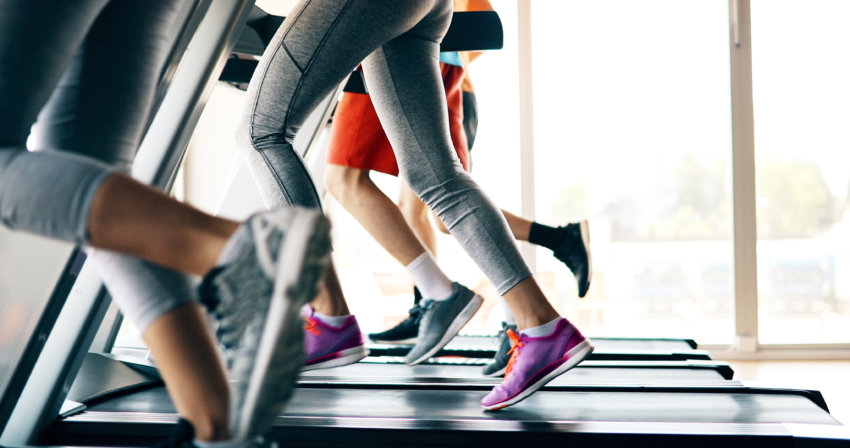Scientists, physicians, and clinical exercise specialists from across the country—including UT Health San Antonio— are embarking on a landmark National Institutes of Health (NIH) effort to find out what happens at the molecular level when people exercise.
The goal of the Molecular Transducers of Physical Activity Consortium, known as MoTrPAC, is to create a comprehensive map of the molecular responses to exercise and its relation to health. Decades of scientific research have shown that exercise is good for people, but science hasn’t revealed exactly why or what happens at the molecular level to produce health improvements.
“Just as we prescribe medicines today based on individuals’ medical and family histories, we will one day prescribe exercise based on patients’ molecular profiles,” said Nicolas Musi, M.D., director of UT Health San Antonio’s Sam and Ann Barshop Institute for Aging and Longevity Studies. “This study will lay the groundwork for precision exercise medicine, which is the use of exercise as medicine, tailored to individual health needs.”
Dr. Musi, professor of medicine (Division of Diabetes) in the Joe R. and Teresa Lozano Long School of Medicine, is the principal investigator of MoTrPAC’s South Texas site.
The study will include 1,980 adults and 300 children divided among 11 clinical sites nationwide. Sites include UT Health San Antonio, as well as Ball State University; Duke University; East Carolina University; AdventHealth, Orlando, Fla.; University of Alabama at Birmingham; University of California, Irvine; University of Pittsburgh; University of Colorado, Denver; University of Texas Medical Branch at Galveston; and Pennington Biomedical Research Center at Baton Rouge, Louisiana.
The Barshop Institute seeks to recruit approximately 225 adult participants, who will be compensated.
Most of the study participants will be people who don’t exercise regularly. They will be divided into three groups. A group of 70 people will do endurance exercise, 70 will do resistance exercise, and 25 will serve as a control group by remaining inactive. Participants in both exercise groups will receive personal coaching. The exercise groups will go through three one-hour training sessions per week.
There will also be a comparison group consisting of approximately 60 people considered highly active, meaning they work out at least four hours per week.
Scientists will assess participants’ aerobic function, muscular strength and body composition. Researchers will also collect blood, muscle and fat samples, monitor participants’ free-living physical-activity level using wearable devices, and complete participant-reported outcomes and health status by interviews and questionnaires.
For more information on MoTrPAC and how to participate, call the Barshop Institute at (210) 450-3333, visit Barshop Institute clinical trials or write to MoTrPAC-DL@uthscsa.edu. Interested individuals may also review the national MoTrPAC website and watch a video of Dr. Collins discussing the study.


